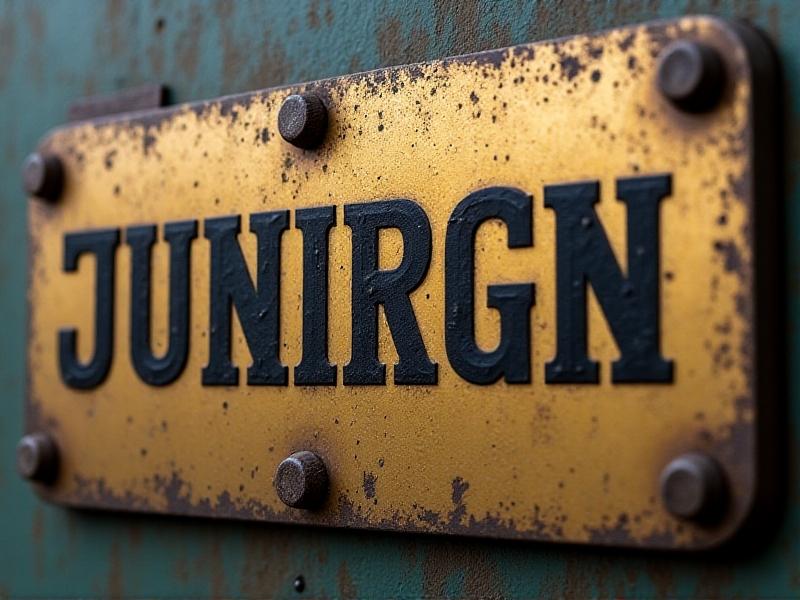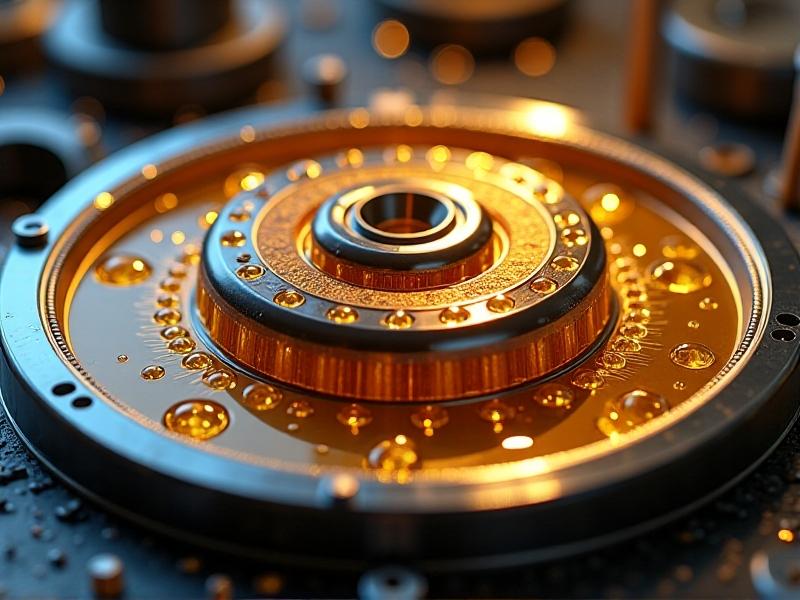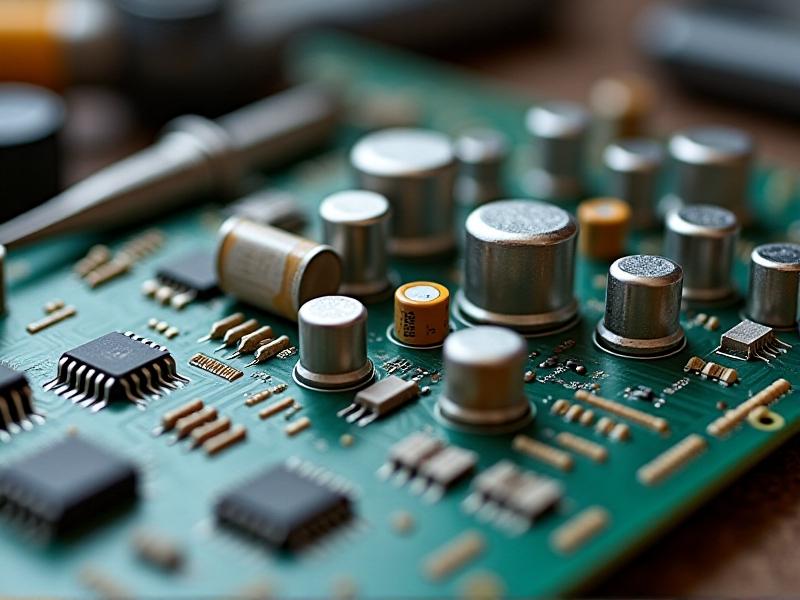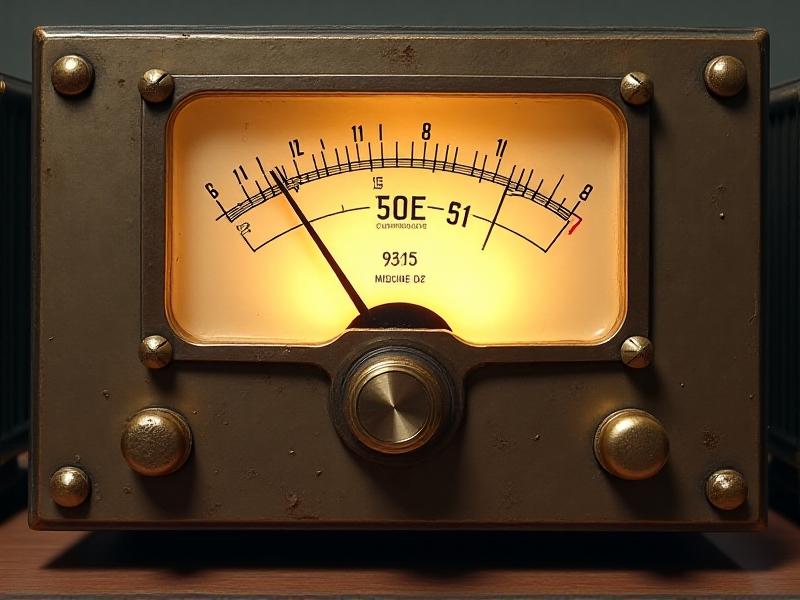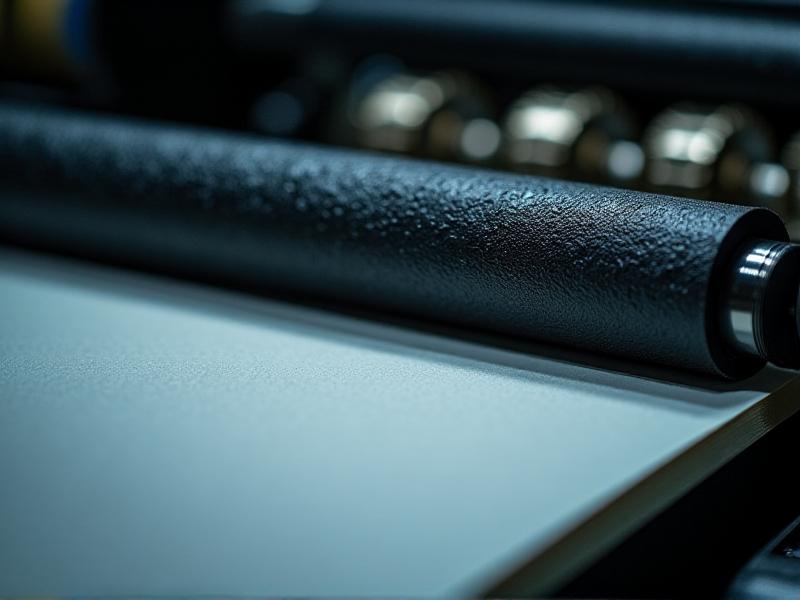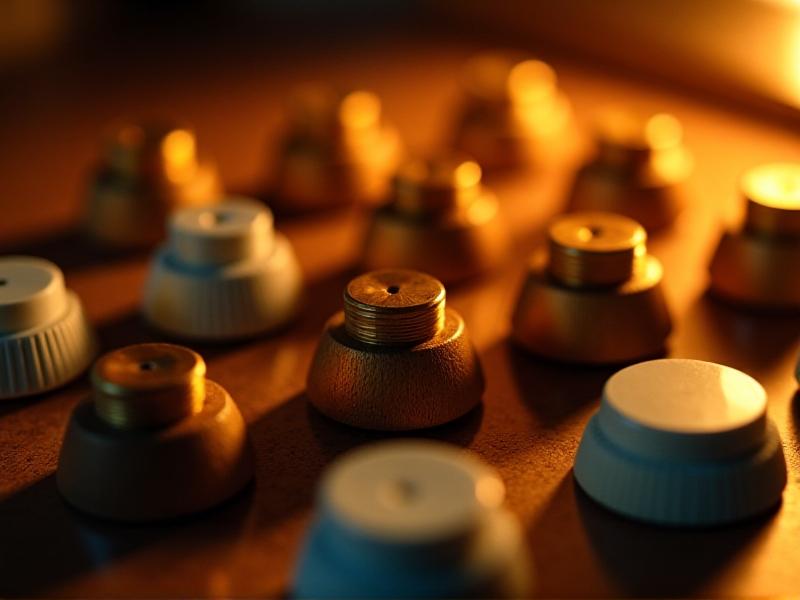Dial Glass Crack Repair Alternatives
Why Repairing a Cracked Dial Glass is Crucial
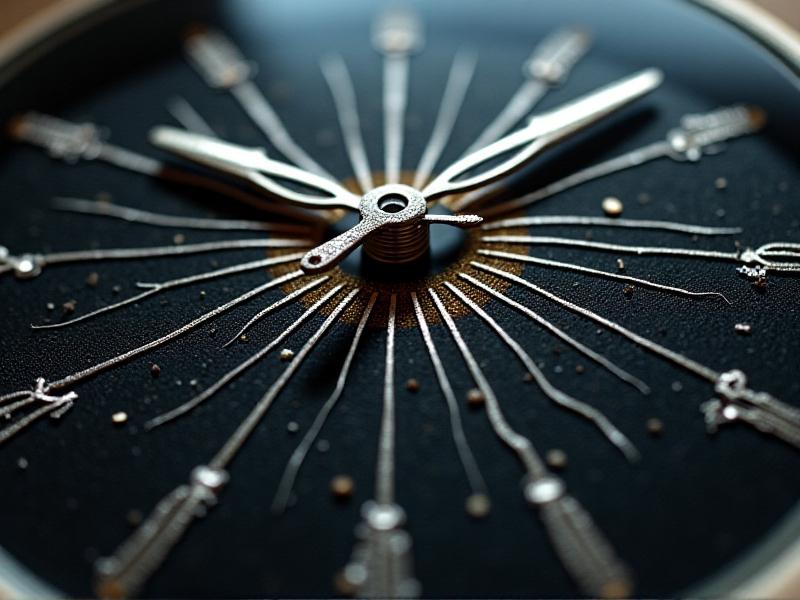
A cracked dial glass isn’t just an aesthetic issue—it compromises the functionality and longevity of your timepiece. Moisture, dust, and debris can seep through fractures, leading to internal damage or corrosion. Even hairline cracks weaken the structural integrity of the glass, making it prone to shattering under pressure. Ignoring repairs might also reduce the resale value of luxury or vintage watches, as collectors prioritize intact components.
Beyond practicality, a clear dial glass ensures legibility. Cracks can distort the view of numerals, hands, or complications like chronographs. For sports watches or diving models, impaired readability could pose safety risks. Addressing cracks early prevents minor damage from escalating into costly repairs or irreplaceable harm to sentimental pieces.
Assessing the Crack: Determining the Best Approach
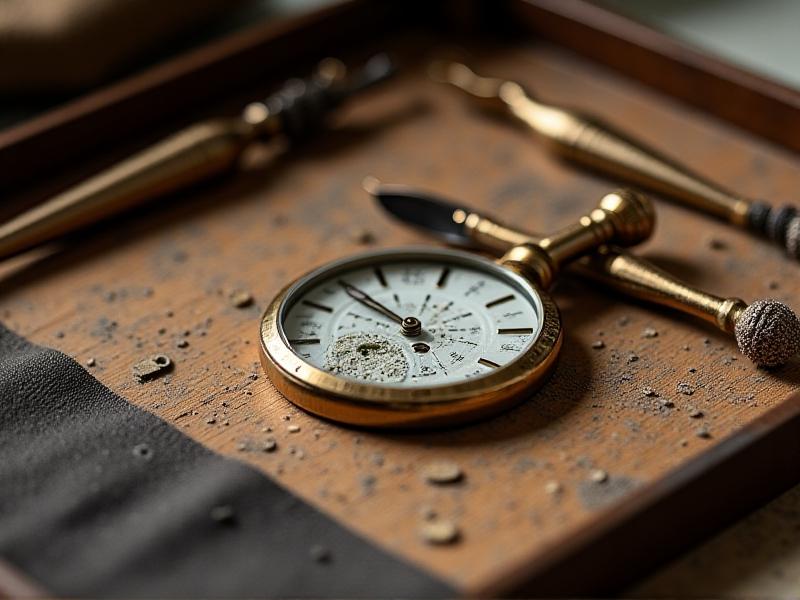
Before choosing a repair method, evaluate the crack’s size, depth, and location. Hairline fractures on the edge may be less urgent than a central spiderweb crack. Use a magnifying glass to inspect whether the crack penetrates the glass fully or is superficial. Press a flashlight against the glass—if light leaks through unevenly, the damage is likely deep.
Consider the watch’s water resistance. Cracks near seals or gaskets demand immediate attention to prevent moisture ingress. For vintage watches with rare glass types, professional consultation is wise. Small, shallow cracks may suit DIY fixes, while complex damage often requires replacement.
Temporary Fixes with Clear Nail Polish or Epoxy
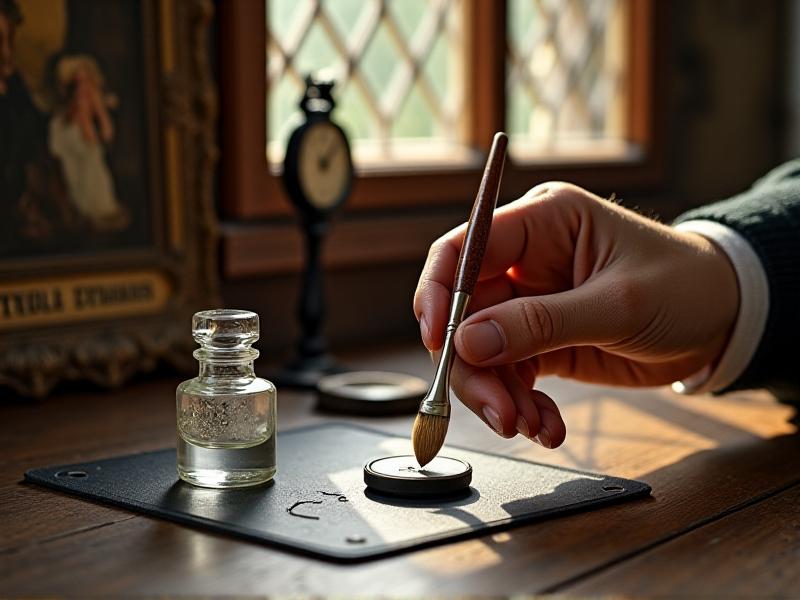
Clear nail polish offers a quick, temporary seal for minor cracks. Clean the glass with isopropyl alcohol, then apply a thin layer of polish over the crack. Let it dry completely before buffing gently with a microfiber cloth. While this won’t erase the crack, it prevents debris intrusion and smooths sharp edges. Epoxy resin provides a stronger hold—mix a tiny amount, apply with a toothpick, and cure per instructions. However, these fixes are short-term and may yellow over time.
Avoid super glue, as it can cloud the glass or react with anti-reflective coatings. Test any adhesive on a small area first. Temporary solutions buy time but shouldn’t replace professional repairs for valuable watches.
Advanced DIY: UV-Cured Adhesives and Kits
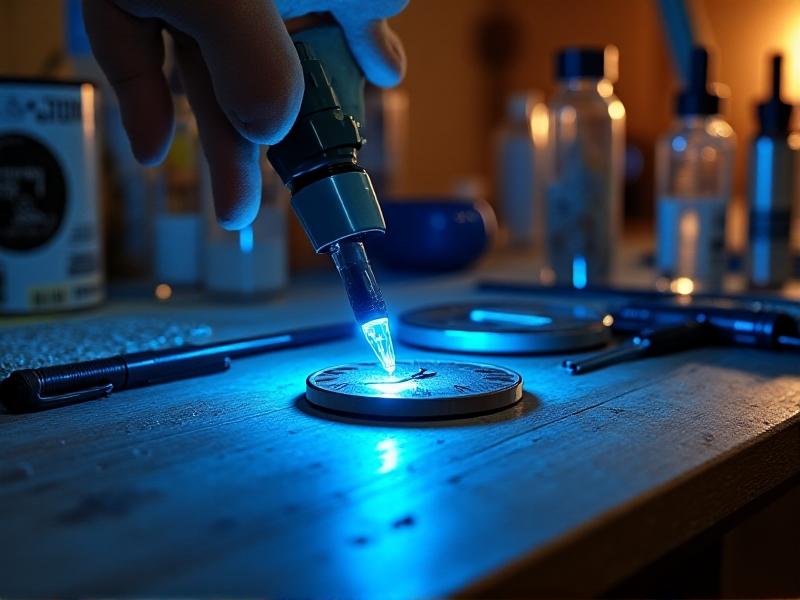
UV-cured adhesives bond tightly with glass, offering a semi-permanent fix. Kits like Loctite Glass Glue include UV lamps for curing. After cleaning the surface, inject resin into the crack using the syringe tip. Spread it evenly, then expose the area to UV light for 30–60 seconds. The result is a nearly invisible bond that resists yellowing. This method works best for single, straight cracks without overlapping fissures.
While effective, improper application can leave bubbles or uneven layers. Work in a dust-free environment and wear gloves to avoid fingerprints. Though DIY-friendly, UV repairs require precision—practice on broken glass shards before attempting on a watch.
Professional Polishing to Restore Clarity
For shallow scratches or light cracks, professional polishing can restore clarity. Technicians use diamond-embedded pastes and progressively finer buffing wheels to smooth the glass surface. This process removes a microscopic layer of glass, eliminating cracks without compromising structural integrity. It’s ideal for acrylic crystals, which are softer and more malleable than sapphire.
Sapphire glass, however, is extremely hard—polishing requires specialized equipment. Costs vary based on damage severity, but this method preserves the original glass, which matters for vintage or limited-edition models. Always verify a technician’s experience with watch dials to avoid over-polishing or warping.
Full Replacement: Sourcing and Installing New Glass
When repairs aren’t feasible, replacing the glass is the definitive solution. Start by identifying the glass type—acrylic, mineral, or sapphire—and dimensions. Suppliers like Esslinger or Ofrei offer generic and brand-specific crystals. For rare watches, consult a certified service center to source authentic parts.
Replacement requires a crystal press tool to seat the new glass without cracking the case. Remove the movement to avoid damage, clean the bezel, and align the gasket. DIY replacement suits those comfortable with disassembly, but novices risk misalignment or dust contamination. Professionals ensure water resistance and fit, though labor costs add to the expense.
Preventative Measures to Avoid Future Cracks
Prevention starts with mindful wear. Avoid knocking the watch against hard surfaces, and remove it during high-impact activities. Apply a tempered glass screen protector—designed for smartwatches—to absorb shocks. Store watches in padded cases, face-up, to minimize pressure on the glass.
For vintage acrylic crystals, periodic polishing with PolyWatch removes micro-scratches before they deepen. Check gaskets during battery replacements to maintain water resistance, reducing moisture-related stress on the glass.
Comparing Costs: DIY vs. Professional Solutions
DIY methods cost between $10–$50 for adhesives or polishes but demand time and skill. Professional polishing ranges from $80–$200, while full replacements span $100–$500+ depending on materials and labor. Weigh the watch’s value and your technical confidence—DIY saves money on affordable watches but risks costly errors on luxury pieces.
Insurance may cover accidental damage for high-value watches, offsetting professional fees. Always request a cost estimate upfront, as hidden fees can arise with complex repairs or rare parts.
Case Studies: Successful Repair Examples
A 1970s Omega Seamaster with a hairline crack was restored using UV resin, preserving its vintage appeal. Conversely, a modern G-Shock with a shattered mineral crystal required full replacement to maintain water resistance. Each case highlights the importance of matching the repair method to the watch’s age, material, and usage.
Another example: a scratched acrylic diver’s watch underwent professional polishing, removing 0.1mm of material to eliminate cracks without affecting pressure tolerance. These successes underscore the value of informed, tailored solutions.
Final Thoughts on Choosing the Right Solution
Selecting a repair method hinges on damage severity, budget, and sentimental value. Temporary fixes suit minor issues, while professional services offer peace of mind for complex cases. Prioritize preserving originality for collectibles and opt for durability in daily-use watches.
Regular maintenance and protective habits extend your timepiece’s lifespan, reducing the need for repairs. Whether DIY or pro, addressing cracks promptly ensures your watch remains functional and visually striking for years.
